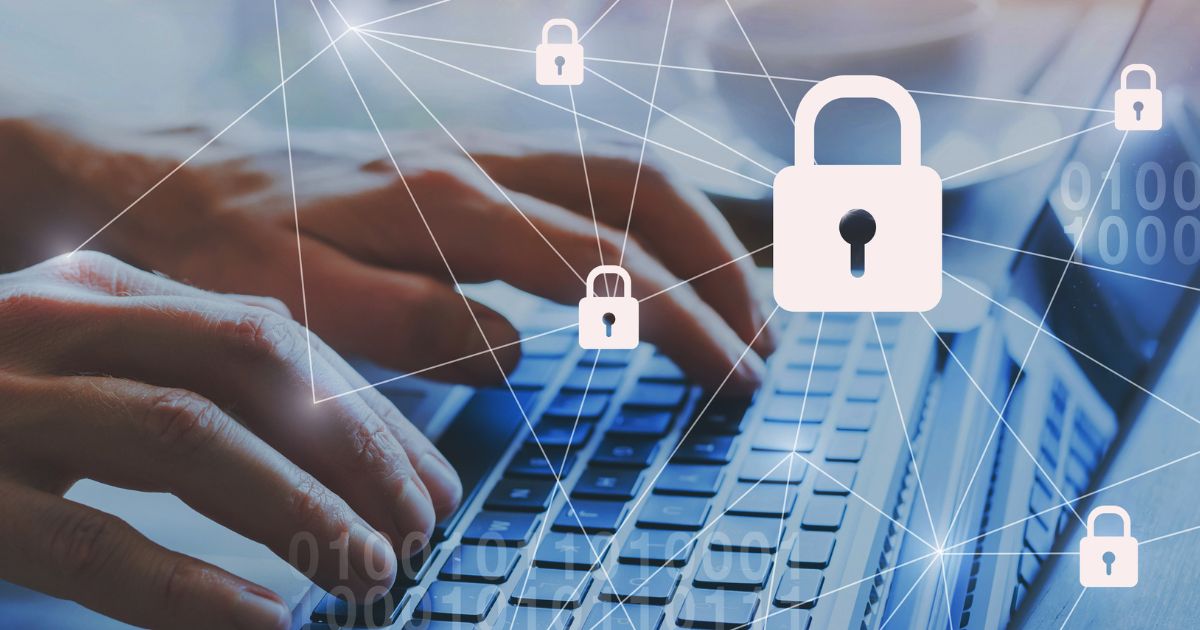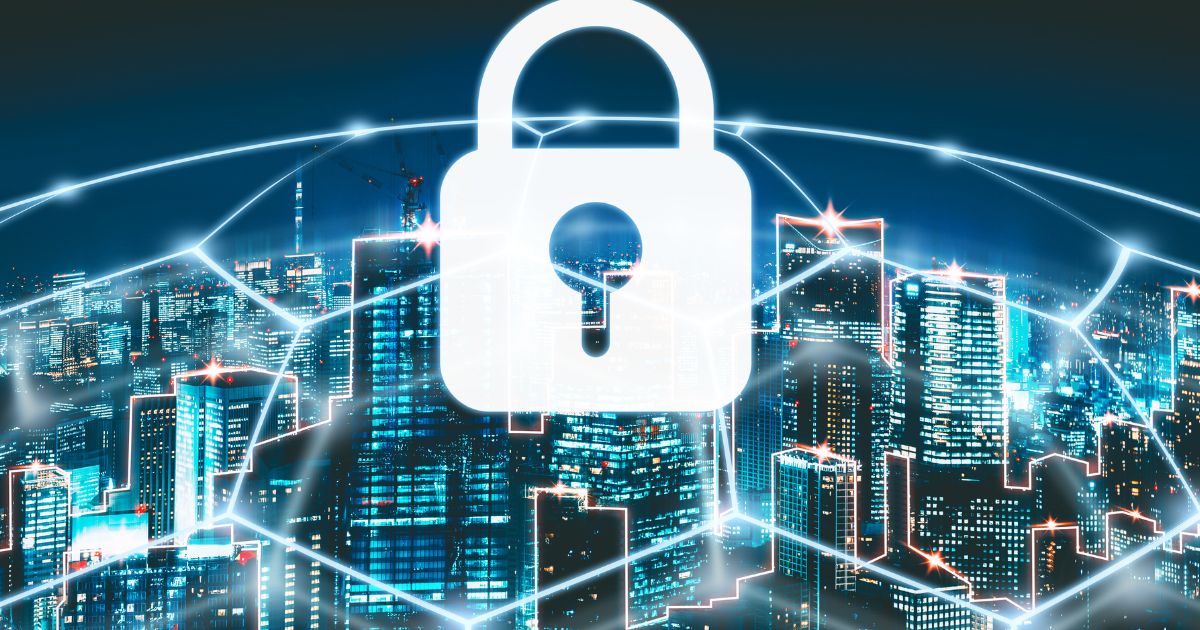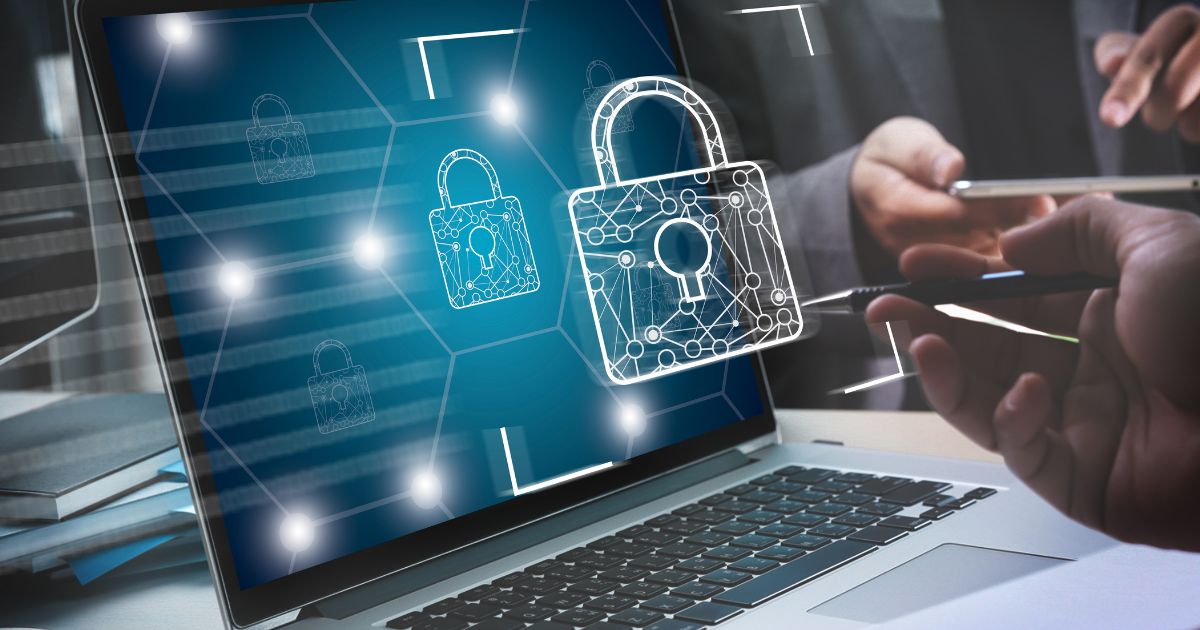
In recent years, quantum computing has emerged as a technological game-changer, with potential applications spanning from medical research to artificial intelligence. Among its most profound impacts, however, is the disruption of cryptography and data security. As the power of quantum computers grows, so does their ability to challenge the encryption systems we rely on for securing sensitive information. This new era will revolutionize how we approach data protection, both by rendering current cryptographic methods obsolete and by introducing new, more advanced techniques to safeguard data.
In this article, we will explore the fundamentals of quantum computing, its threats to traditional cryptographic methods, and how new quantum-safe algorithms are evolving to secure our digital world.
What is Quantum Computing?
Quantum computing is a radical departure from classical computing, which relies on bits as the basic unit of information. In classical computers, bits can represent one of two states: 0 or 1. Quantum computers, on the other hand, use quantum bits, or qubits, which can exist in multiple states simultaneously due to the principles of quantum mechanics—specifically, superposition and entanglement.
- Superposition allows qubits to be in a state that is both 0 and 1 simultaneously, enabling quantum computers to perform many calculations in parallel.
- Entanglement links qubits in such a way that the state of one qubit is directly related to the state of another, no matter how far apart they are, allowing for faster and more efficient computation.
The combined power of these principles allows quantum computers to solve certain problems exponentially faster than classical computers, particularly those involving large datasets or complex mathematical problems. This is where cryptography, especially methods that rely on difficult-to-solve mathematical problems, becomes vulnerable.
Advancements in quantum error correction play a crucial role in making quantum computing more practical and reliable. Since qubits are highly sensitive to external disturbances, errors can quickly accumulate, affecting computational accuracy. By developing sophisticated error correction techniques, researchers are working toward stabilizing quantum systems, ensuring more consistent and scalable quantum computing applications.
Traditional Cryptography: How It Works Today
Cryptography is the backbone of modern data security, ensuring that information remains private and intact during digital communication. Two types of encryption are predominantly used today: symmetric and asymmetric cryptography.
- Symmetric encryption uses the same key to both encrypt and decrypt information. Popular algorithms like AES (Advanced Encryption Standard) fall into this category.
- Asymmetric encryption, on the other hand, uses a pair of keys—a public key for encryption and a private key for decryption. RSA (Rivest-Shamir-Adleman) and ECC (Elliptic Curve Cryptography) are widely used examples of this technique.
While symmetric encryption is relatively safe from quantum attacks due to its shorter key lengths, asymmetric encryption is far more vulnerable. RSA and ECC rely on the difficulty of factoring large prime numbers or solving discrete logarithms, tasks that are nearly impossible for classical computers but trivial for quantum ones.
Quantum Computing’s Threat to Cryptography
The rise of quantum computing poses a significant threat to the current cryptographic infrastructure. Algorithms such as Shor’s algorithm allow quantum computers to factor large numbers exponentially faster than classical computers, breaking the security of widely used encryption methods like RSA and ECC. This means that any system relying on these algorithms could be compromised once sufficiently powerful quantum computers become available.

One of the most concerning scenarios is the potential for “harvest now, decrypt later” attacks. Malicious actors could intercept and store encrypted data today, with the intent of decrypting it in the future once quantum computers are powerful enough to break the encryption. This is particularly worrying for sensitive information such as government communications, financial transactions, and personal data that needs to remain secure for decades.
Post-Quantum Cryptography: A New Era of Encryption
In response to the looming quantum threat, researchers have begun developing post-quantum cryptography (PQC)—encryption algorithms designed to be secure against quantum attacks. The goal of PQC is to create encryption methods that even the most advanced quantum computers cannot easily break. Several promising approaches include:
- Lattice-based cryptography: One of the leading candidates for post-quantum encryption, this method relies on the difficulty of solving complex problems in a multi-dimensional lattice structure.
- Multivariate polynomial cryptography: This technique uses systems of multivariate polynomials, which quantum computers struggle to solve.
- Hash-based signatures: Cryptographic hash functions, which are already widely used in blockchain technologies, are being explored for their potential to withstand quantum attacks.
The National Institute of Standards and Technology (NIST) has been actively working on standardizing post-quantum cryptographic algorithms. In 2022, NIST announced the first round of candidate algorithms, signaling a major step forward in preparing for the quantum future.
Quantum Cryptography: Strengthening Data Security
While quantum computing threatens traditional encryption methods, it also holds promise for creating more secure systems. One such advancement is quantum cryptography, particularly Quantum Key Distribution (QKD). QKD uses the principles of quantum mechanics to securely exchange cryptographic keys between two parties. The unique feature of QKD is that any attempt to intercept the key will alter its state, thereby alerting the participants of a security breach.
By leveraging quantum physics, QKD provides a level of security that is unattainable through classical methods. The technology is still in its infancy and faces challenges such as distance limitations and infrastructure requirements, but it represents a significant leap forward in the field of cryptography.
The Role of Hybrid Encryption
As quantum computing advances, transitioning to purely quantum-safe encryption systems will take time. In the interim, experts suggest a hybrid encryption approach. This involves using both classical and quantum-safe encryption algorithms together to protect sensitive data. Hybrid encryption systems are already being implemented in industries like finance and healthcare to secure communications and transactions.
One key to safeguarding digital assets in the quantum era is the use of proxies for sale, which can help manage and anonymize data traffic, offering another layer of protection. These proxies, when combined with encryption techniques, create a multi-layered defense against quantum threats.
Preparing for the Quantum Revolution
The quantum revolution is inevitable, and preparing for it now is crucial. Governments, businesses, and cybersecurity experts must begin adapting their data security strategies to mitigate the risks posed by quantum computing. Some critical steps include:
- Adopting post-quantum cryptographic algorithms: Organizations should begin transitioning to quantum-safe encryption methods as soon as possible. Hybrid encryption can serve as a bridge until these methods are standardized.
- Investing in research and development: Continued investment in quantum-safe technologies, including quantum cryptography and quantum-resistant protocols, will help prepare for future challenges.
- Collaborating globally: Securing data in the quantum age requires international cooperation, particularly in standardizing encryption methods and developing infrastructure for quantum-safe networks.
Conclusion
Quantum computing is a double-edged sword for cryptography and data security. While it threatens to break many of the encryption systems we currently rely on, it also opens the door to new, more secure technologies like quantum cryptography. The race is now on to develop quantum-safe encryption methods that can protect our data in the post-quantum world.
As this technology continues to evolve, both businesses and individuals must stay informed about quantum computing’s potential impact on cybersecurity. By adopting forward-thinking strategies—such as integrating quantum-safe algorithms and leveraging proxies for sale to anonymize data—organizations can safeguard their information and stay ahead of future threats.
In this new era of quantum dominance, the balance of power in cybersecurity will shift dramatically. Those who prepare today will be best positioned to secure their digital assets tomorrow.
















